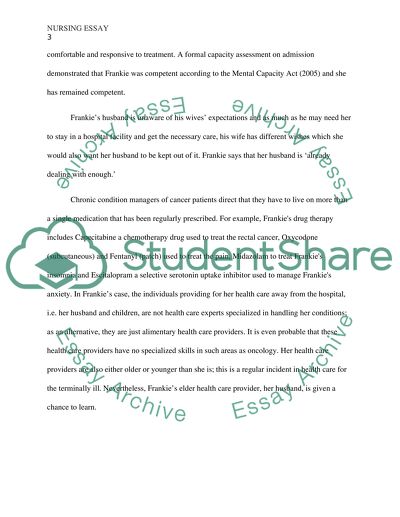Cite this document
(“A young woman with advance cancer with a young family who wants to end Essay”, n.d.)
A young woman with advance cancer with a young family who wants to end Essay. Retrieved from https://studentshare.org/nursing/1463630-a-young-woman-with-advance-cancer-with-a-young
A young woman with advance cancer with a young family who wants to end Essay. Retrieved from https://studentshare.org/nursing/1463630-a-young-woman-with-advance-cancer-with-a-young
(A Young Woman With Advance Cancer With a Young Family Who Wants to End Essay)
A Young Woman With Advance Cancer With a Young Family Who Wants to End Essay. https://studentshare.org/nursing/1463630-a-young-woman-with-advance-cancer-with-a-young.
A Young Woman With Advance Cancer With a Young Family Who Wants to End Essay. https://studentshare.org/nursing/1463630-a-young-woman-with-advance-cancer-with-a-young.
“A Young Woman With Advance Cancer With a Young Family Who Wants to End Essay”, n.d. https://studentshare.org/nursing/1463630-a-young-woman-with-advance-cancer-with-a-young.


